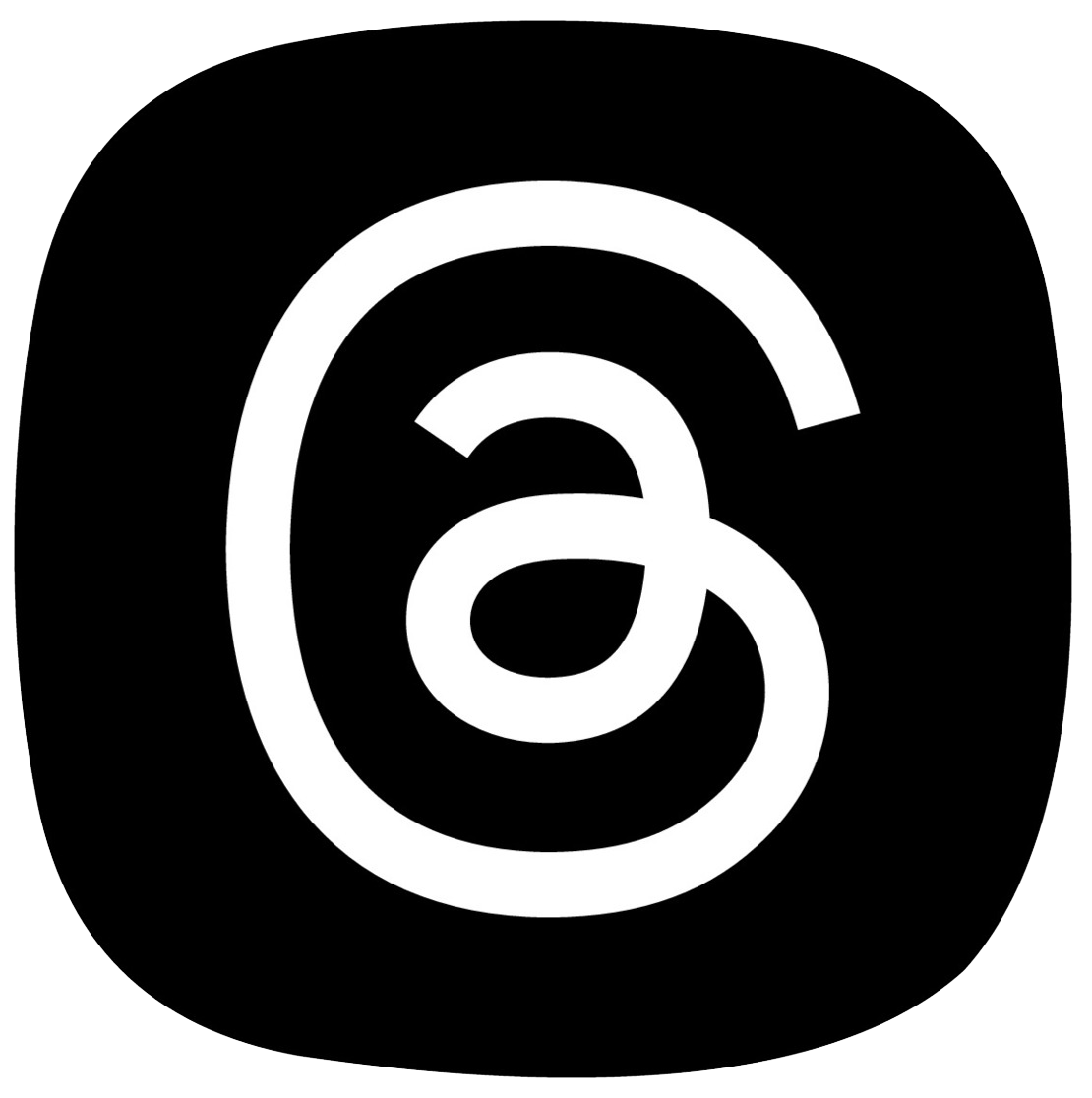| WEEK |
READING |
WRITING |
LISTENING |
SPEAKING |
| Week 1 |
- Students can understand short, simple texts (e.g. signs and notices in public places, such as streets, restaurants and bus/ railway stations and airports)
|
- Students can understand and fill in forms providing simple details
|
- Students can understand short recordings dealing with everyday needs (e.g. simple transactions in shops, simple directions or instructions).
|
- Students can participate in short social exchanges (e.g. greet people, make and respond to invitations, apologies).
|
| Week 2 |
- Students can understand authentic texts on familiar topics and situations (e.g. newspaper/magazine articles, email messages, blogs and letters).
|
- Students can communicate simple factual information in writing using everyday vocabulary and expression
|
- Students can understand factual information and ideas from a range of sources (e.g. announcements, phone messages, news items, interviews, dialogues) on familiar topics.
|
- Students can communicate on familiar topics to meet simple needs (e.g. order food and drink, simple transactions in shops, use public transport, ask and give directions, request information).
|
| Week 3 |
- Students can understand descriptions of events, opinions, emotions, hopes and ambitions in simple texts (e.g. in articles, interviews or personal messages).
|
- Students can write a series of simple phrases and sentences linked with simple connectors, relating to personal life, immediate environment and everyday topics (e.g. writing about a holiday).
|
- Students can understand descriptions of events, opinions, emotions, hopes and ambitions in simple texts (e.g. in radio broadcasts, interviews, dialogues).
|
- Students can participate in unprepared conversations on familiar topics of personal interest or relevant to everyday life (e.g. family, friends, home environment, hobbies and interests, education, work, travel).
|
| Week 4 |
- Students can identify main points, specific information and details in predictable texts (e.g. advertisements, brochures, menus, timetables, instructions, messages)
|
- Students can write simple connected texts (e.g. email messages, articles) on familiar topics (e.g. plans and arrangements, likes and dislikes, family, home environment, hobbies and interests, education, work and travel)
|
- Students can identify main points, specific information and details on everyday topics (e.g. personal and family
information, shopping, local area, employment, school, leisure activities).
|
- Students can describe past events and experiences, hopes and ambitions and give brief reasons for opinions and plans.
|
| Week 5 |
- Students can identify main points, themes and opinions in predictable texts (e.g. newspaper/ magazine articles, simple plots of films or books).
|
- Students can describe past events and experiences, opinions, hopes and ambitions and give brief reasons for opinions and plans.
|
- Students can identify main points, specific information and details on everyday topics (e.g. personal and family information, shopping, local area, employment, school, leisure activities).
|
- Students can communicate with reasonable accuracy, using a range of structures, tenses and vocabulary relevant to the given situation.
|
| Week 6 |
- Students can match pictures to a text after reading, though vocabulary has to be pre-taught.
|
- Students can communicate with reasonable accuracy, using a range of structures, tenses/time frames and vocabulary relevant to the given situation
|
- Students can deduce the meaning of occasional unknown words and expressions from the context.
|
- Students can use simple connectors (e.g. and, but, because, then) to link a series of shorter discrete elements into a connected sequence of points.
|
| Week 7 |
- Students can identify the specific information required, although they may have to read the text again.
|
- Students can use simple connectors (e.g. and, but, because, then) to link a series of shorter discrete elements into a connected sequence of points
|
- Students can understand descriptions of hopes and ambitions in simple texts (e.g. in radio broadcasts, interviews, dialogues).
|
- Students can exchange ideas, and express their personal opinions on familiar topics, and can participate in short social exchanges, and ask questions related to the social activity.
- Students can use appropriate strategies to maintain interaction.
|
| Week 8 |
- Students can deduce the meaning of occasional unknown words and expressions from the context
|
- Students can match statements to pictures after reading, though vocabulary has to be pre-taught.
|
- Students can follow a spoken text and identify the specific information required, though repetition may be required.
- They can also listen to a spoken text and put events into the correct order with some degree of accuracy.
|
- Students can use features of pronunciation and intonation to convey meaning and attitude.
|
| Week 9 |
- Students can understand a short text that employs family themes, and find the specific information required, though re-reading is required.
|
- Students can use and form questions with some degree of accuracy.
- Students can punctuate and lay out a short simple text with a good degree of accuracy.
|
- Students are able to understand a spoken text and complete the sentences, though repetition may be required.
- Students are also able to understand a text and answer the questions with a good degree of accuracy
|
- Students can express their opinion with some degree of clarity when talking about a general issues / topic briefed on before.
|
| Week 10 |
- Students build their vocabulary to describe family members.
- They are also able to put events in a short text into the correct order, albeit with some hesitancy.
|
- Students can use the future simple to make predictions, offers and decisions with a good degree of control.
- Students can link words more effectively.
|
- Students can hear how intonation outlines the purpose of a question.
- Students can process the information in a spoken text more quickly and can evaluate statements as being true or false with a good degree of accuracy.
|
- Students can discuss, and express their opinions about jobs and careers around the world.
- They can describe job satisfaction in detail using new vocabulary and structures more effectively.
|
| Week 11 |
- Students can match statements to pictures quite accurately and can predict the context with some degree of accuracy.
|
- Students can use the present tenses more accurately and can become more familiar with state and action verbs, though there is still some confusion regarding verbs that can be both.
- They also have a greater degree of control over the past tenses and can combine them, when speaking and writing, with more accuracy
|
- Students can understand the spoken text quite well and match the information to the pictures with a good degree of accuracy.
- They are able to understand the text in general and can answer the questions, though repetition is required because of the speaker’s accent.
|
- They are able to participate in a conversation focusing on plans and intentions with a good degree of accuracy.
- They are also able to make predictions, offers and decisions more grammatically accurately.
|
| Week 12 |
- Students learn how to guess from context and can answer vocabulary with a fair degree of accuracy.
- Students can follow textual context and answer the question quite accurately.
|
- Students can produce a short cohesive text on a given subject related to communication using a template and pre-learned structures and phrases.
- They are able to express their opinions more clearly whilst maintaining a good degree of grammatical control.
|
- Students can follow the spoken text and identify the specific information required, although repetition is necessary.
- They are also able to listen for detail with more accuracy.
|
- Students are able to discuss hobbies or interests that they know.
- Students can ask and answer questions more confidently.
- They are able to ask for /provide information and describe their hobby or interest personally and give some details about them using new vocabulary.
|












